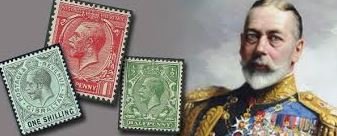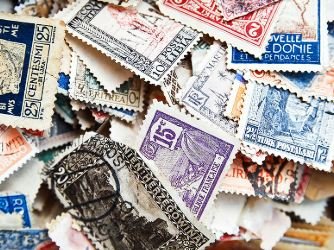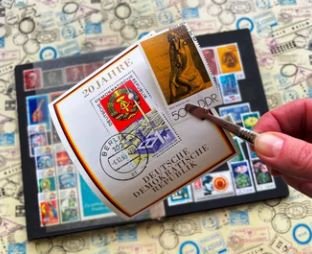Collecting stamps is a fascinating hobby that brings together history, art, and culture. However, for those looking to identify rare stamps, the journey can be both rewarding and challenging. The world of stamp collecting is vast, with some stamps fetching astronomical prices at auctions, while others are often overlooked and undervalued. Understanding how to identify rare stamps can help collectors uncover valuable gems while steering clear of costly mistakes.
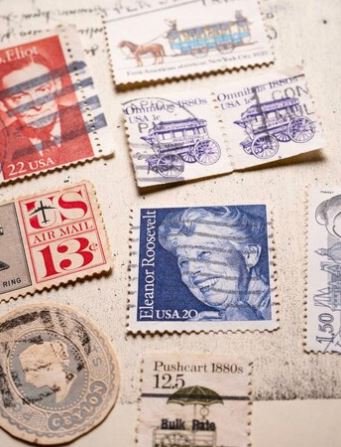
1. Know What Makes a Stamp Rare
Before delving into the intricacies of how to identify rare stamps, it’s crucial to understand what makes a stamp rare. Rare stamps are typically scarce, have a unique design, or come from limited editions or historical events. The rarity can also stem from printing errors, such as misprints or miscuts, which can significantly increase a stamp’s value.
Knowing how to identify rare stamps involves learning about these factors, as they form the foundation for any successful stamp collection. Some stamps, like the famous “Inverted Jenny” from the United States or the “Penny Black” from Britain, are known worldwide for their rarity and high value due to their unique features.
2. Check for Printing Errors
One of the most exciting aspects of stamp collecting is the potential to uncover stamps with printing errors. These errors are highly sought after by collectors, and knowing how to identify rare stamps with such mistakes is a valuable skill. Some common printing errors include missing colors, inverted designs, and double prints.
For example, the “Inverted Jenny” stamp is considered one of the most famous printing errors in the United States, where the airplane on the stamp was printed upside down. Stamps with such errors are often significantly more valuable than regular ones, so learning to spot these types of rare stamps is key to expanding your collection.
3. Understand the Importance of Condition
When it comes to identifying rare stamps, the condition is everything. Even a rare stamp can lose its value if it’s damaged, torn, or faded. Condition is measured by various factors such as centering, gum, perforations, and overall appearance. A stamp that is well-preserved in pristine condition is more likely to fetch a higher price compared to one that shows signs of wear.
When learning how to identify rare stamps, it’s essential to understand the grading system used in the stamp-collecting community. A stamp with a high grade will usually be more valuable than one in poor condition, even if they are both rare.
4. Research Stamp Catalogs and Experts
One of the best ways to learn how to identify rare stamps is by consulting stamp catalogs or experts in the field. Stamp catalogs list stamps by their country of origin, year of issue, design, and other distinguishing features. These catalogs are invaluable tools for collectors as they provide detailed information about the rarity, value, and historical context of stamps.
Experts in the field can also help guide you in your quest to identify rare stamps. Many stamp dealers and collectors have years of experience and can point out subtle features that differentiate a rare stamp from a common one. Connecting with experienced individuals or stamp societies can enhance your knowledge of how to identify rare stamps and avoid costly mistakes in the process.
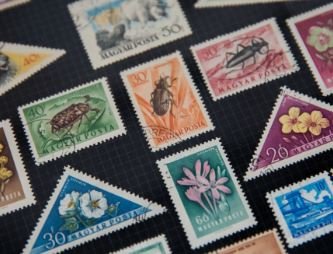
5. Be Aware of Forgeries
In the world of stamp collecting, forgeries are a common problem. A forgery is a counterfeit stamp made to look like a rare or valuable one. Knowing how to identify rare stamps also involves being able to spot a fake. While some forgeries are easy to detect, others are more sophisticated, making it important to be vigilant.
There are several techniques to identify counterfeit stamps, such as checking the paper quality, watermark, and printing method. Using a magnifying glass or a microscope can help you inspect fine details that may reveal whether a stamp is authentic or not. Learning how to identify rare stamps and differentiate them from forgeries will save you from making costly mistakes that could damage your collection’s value.
6. Understand the History Behind Stamps
Another important step in learning how to identify rare stamps is understanding the history behind them. Some stamps are rare because they commemorate significant events or historical figures. For instance, stamps issued during wars, royal jubilees, or international conferences can hold immense value due to their historical significance.
Knowing the background of a stamp can help you assess its rarity and potential worth. It’s not just about the stamp’s physical characteristics—its story can add to its appeal and make it even rarer in the eyes of collectors.
7. Use Technology to Your Advantage
In today’s digital age, technology has made it easier than ever to learn how to identify rare stamps. Online databases, websites, and forums dedicated to stamp collecting offer a wealth of information and resources to help you refine your knowledge. Many stamp collectors and dealers also use online platforms to buy, sell, and trade stamps, so you can keep an eye on current market trends and identify rare stamps in real time.
Online tools can also help you compare stamps with images from other collections, assisting you in identifying key characteristics that distinguish rare stamps from more common ones. Leveraging these digital resources can make the process of learning how to identify rare stamps faster and more accurate, while also helping you avoid costly mistakes.
8. Seek Professional Appraisals
If you believe you’ve found a rare stamp or a potentially valuable gem, it’s always a good idea to seek a professional appraisal. Stamp appraisers are experts in determining stamps’ authenticity, condition, and value. A certified appraisal can help you understand whether you’ve truly identified a rare stamp or if it’s just another common issue.
Professional appraisers can also provide insight into current market trends, which can help you make more informed decisions about your collection. It’s a wise step to take to ensure that you correctly identify rare stamps and make sound investments.
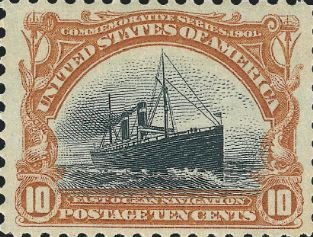
Conclusion
In the world of stamp collecting, knowing how to identify rare stamps is a vital skill for any collector. By understanding the factors contributing to a stamp’s rarity, researching its historical significance, and using available tools and resources, you can uncover valuable gems and steer clear of costly mistakes. Whether you’re a seasoned collector or just starting, developing the ability to identify rare stamps will not only enrich your collection but also ensure that your investment is sound.

